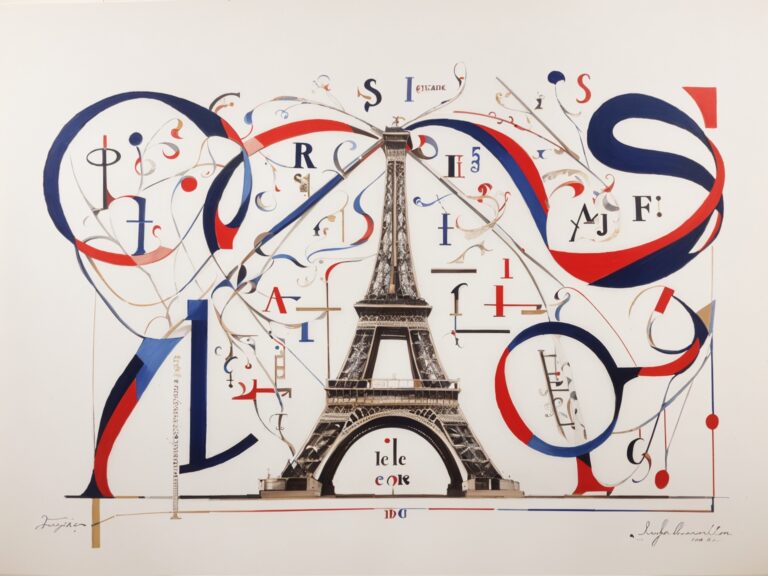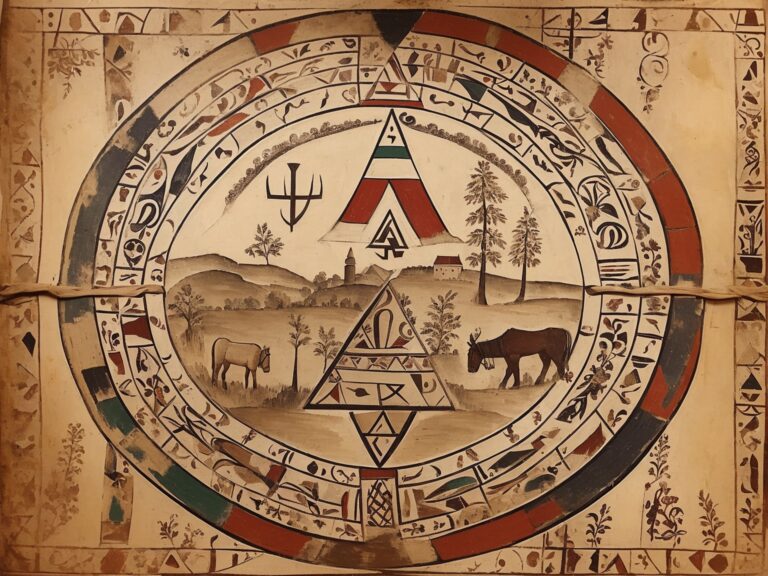Yiddish, a fascinating and complex language, is woven deeply into the rich tapestry of Jewish history. It has played a crucial role in the diaspora and survival of the Jewish people, becoming more than just a means of communication, but a symbol of identity, resilience, and cultural preservation.
Origins of Yiddish
The genesis of Yiddish can be traced back to around the 9th century in the Rhineland area of Germany, where it began as a fusion of Middle High German dialects with influences from Hebrew, Aramaic, and several Romance and Slavic languages. This lingual amalgamation occurred as Jewish traders and scholars, coming from various regions and speaking different languages, started forming tight-knit communities, or shtetls, within Central Europe. The development of Yiddish was their response to the need for a common language.
It’s worth noting that Yiddish is written using the Hebrew alphabet, reflecting the profound impact of Jewish religious texts and traditions on the language. However, this didn’t mean Yiddish was merely a dialect of Hebrew. Far from it, Yiddish grew into a fully-fledged language with its own syntax, grammar, and vocabulary, often filled with rich idioms and expressions that conveyed the unique experiences and worldview of its speakers.
Yiddish and the Jewish Diaspora
By the 12th and 13th centuries, Yiddish had become the vernacular of Ashkenazi Jews, the Jewish communities residing in Central and Eastern Europe. However, the recurring cycles of persecutions, pogroms, and expulsions pushed these communities further eastward and triggered the first significant Jewish diaspora, the scattering of the Jewish people beyond their ancestral homeland.
As the Ashkenazi Jews spread into Eastern Europe and Russia, Yiddish absorbed more elements from Slavic languages. The language acted as a unifying factor, enabling communication within the displaced Jewish communities and helping maintain their distinct cultural and religious identity amidst foreign cultures.
The diaspora also had a profound impact on Yiddish literature. Epic poems, folktales, and plays penned in Yiddish narrated tales of sorrow, hope, endurance, and faith. Many of these works, including those by acclaimed Yiddish writers like Sholem Aleichem and I.L. Peretz, have remained critical in understanding the Jewish diasporic experience.
Yiddish in America: A Language of Immigrants
The late 19th and early 20th centuries saw another massive diaspora triggered by the economic hardship and escalating antisemitism in Europe. Millions of Jews embarked on a daunting journey across the Atlantic in search of better lives in America. They carried with them their traditions, culture, and the Yiddish language.
In this new land, Yiddish became the language of immigrant life. Yiddish newspapers like Forverts (The Forward) and Der Tog (The Day) informed and educated the newcomers about their new home while maintaining a connection to their roots. Yiddish theater thrived, capturing the immigrant experience’s joys, struggles, and aspirations. Schools and organizations were established to teach Yiddish, ensuring the language’s continuation in this new world.
Yiddish During and After the Holocaust
The Second World War and the Holocaust had a catastrophic impact on Yiddish, as the majority of its speakers were annihilated. Post-Holocaust, the number of Yiddish speakers drastically declined, and the language’s continuity was threatened. Moreover, as survivors scattered across the globe, they often chose not to pass on the language to their children, associating it with painful memories or viewing it as an impediment to assimilation in their new homes.
Despite these challenges, Yiddish did not vanish. Pockets of speakers, particularly within Orthodox and Hasidic communities, continued to use Yiddish as their primary language. A resurgence of interest in Yiddish culture began in the late 20th century, particularly among academics and younger generations of Jews seeking to reconnect with their heritage.
The Resurgence of Yiddish
From the 1970s onwards, efforts were made to revive Yiddish, with universities offering Yiddish courses, leading to the creation of a new generation of Yiddish scholars. Music, film, and theater have also played a pivotal role in the Yiddish revival. Contemporary Yiddish bands infuse traditional klezmer music with modern elements, while filmmakers and playwrights have used Yiddish to explore Jewish history, culture, and identity.
Online resources have also contributed to the revival. Yiddish dictionaries, language courses, and digital libraries have made it easier for people to learn and engage with the language. Social media has facilitated the formation of virtual Yiddish-speaking communities, offering a platform for users to converse, share knowledge, and keep the language alive.
Conclusion: Yiddish, A Living Legacy
In the face of displacement, persecution, and near extinction, Yiddish has proven its resilience time and time again. From its humble beginnings in the shtetls of Central Europe to its spread across the globe, Yiddish has endured, serving as a testament to the survival and resilience of the Jewish people. More than a language, Yiddish is a living legacy, an embodiment of Jewish history and culture that continues to evolve, adapt, and inspire.








